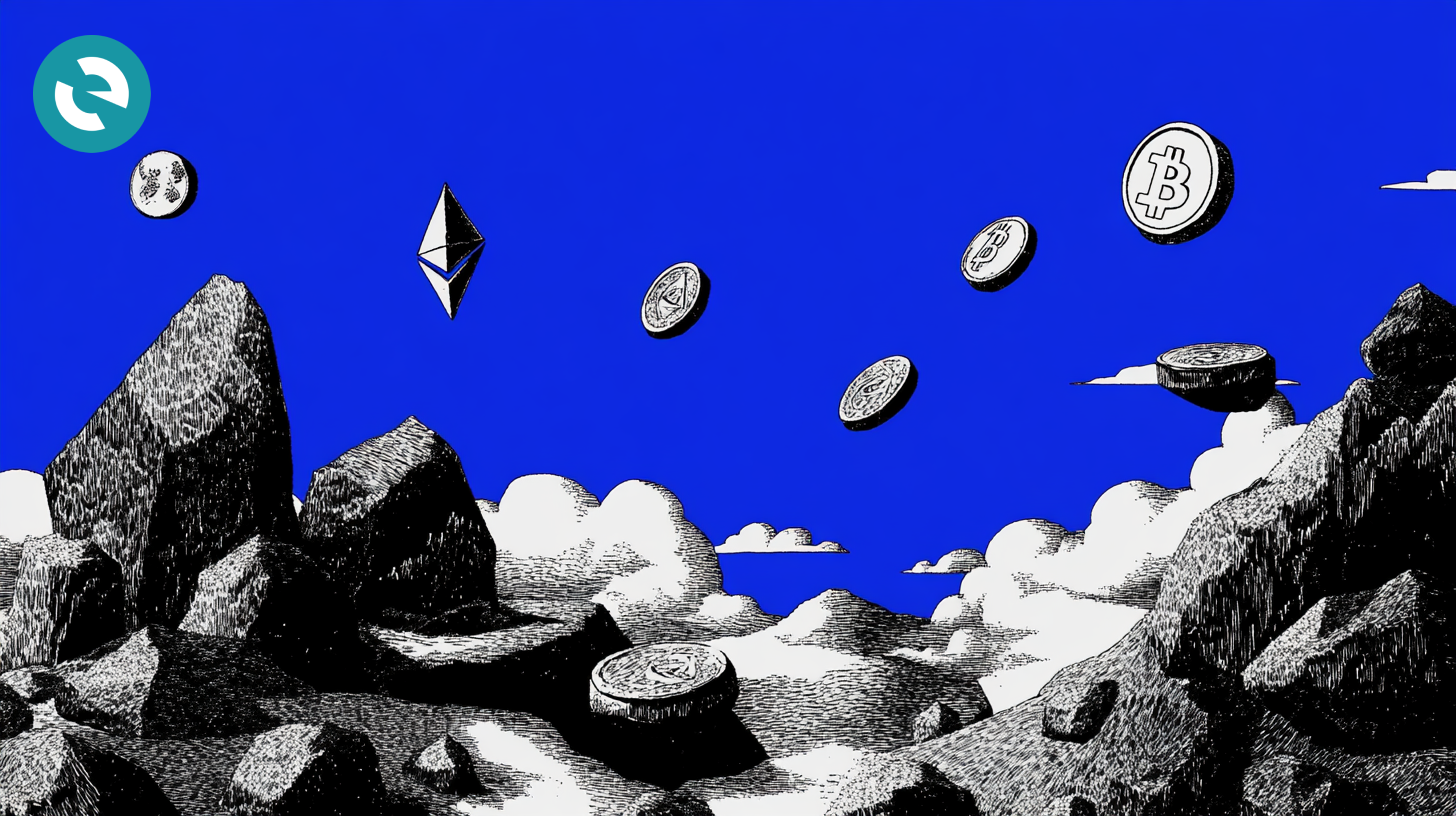Not all tokens on the Ethereum network are made the same. When most people think of tokens they will usually think of the standard ERC-20 tokens like DAI, WBTC and USDT but there are more types of tokens than that.
Ethereum is always improving and has standardized procedures for documenting and implementing improvement suggestions. Developers can create Ethereum Improvement Proposals (EIP) to propose a change or standard in the Ethereum blockchain. As stated in EIP-1, ERC is Ethereum Request for Comment and is a specific category of the Standards Track EIP.
The reason there are many different token types is that they serve different purposes and application needs. Developers will sometimes create new token types depending on the need of their decentralized application (DApp).
ERC-20
The ERC-20 token is the oldest and the most common token type on the Ethereum network. It is usually a representation of an asset that is not unique and is transferable, such as USDT or SHIB. They are also called fungible tokens. In addition to having value as a cryptocurrency, these types of tokens are useful when interacting with DApps, especially in DeFi. ERC-20 tokens are used to provide value to liquidity pools or supply lending protocols like AAVE or Compound.
ERC-20 was introduced in 2015 by a developer named Fabian Vogelsteller to address the need for a standard in smart contracts. He submitted this proposal on Ethereum’s github as an ERC. Since it was the 20th comment, it was designated ERC-20. In 2017 the proposal was approved and implemented as Ethereum Improvement Protocol 20 (EIP-20) but it is still referred to as ERC-20 since that is what it was known as until it was approved.
Wrapped Tokens
Wrapped tokens are a special kind of ERC-20 tokens that usually represent a cryptocurrency on a different network (like Bitcoin) for use on Ethereum. They are pegged 1-to-1 to the original cryptocurrency and can be redeemed to the original crypto through a protocol or swap provider. A good example of this type of token is WBTC.
Sometimes, wrapped tokens are used on the same network as the original currency. If you have ever tried to supply ETH to a DApp, you will see that it will be converted to Wrapped ETH (WETH). This is because ETH itself is not able to be supplied to DApp smart contracts as ETH does not have a contract address.
ERC-721
The ERC-721 token is known as a Non-Fungible Token (NFT). Basically this means that this type of token is unique and can have a different market value from another token from the same smart contract. Tokens in these smart contracts can have attributes that can affect their value, including the age of the token, the rarity, and the visual representation.
ERC-721 tokens have a wide range of use cases, such as access tokens, lottery tickets, specific seats for concerts and sports matches, but are usually used as collectibles. Some of the most famous ERC-721 collectible NFTs are CryptoPunks, CryptoKitties and Bored Ape Yacht Club (BAYC) collections.
The ERC-721 standard was proposed in January 2018 by 4 developers as a set of guidelines for smart contracts to create unique tokens that represent ownership of physical and digital assets. This proposal was approved and implemented as EIP-721 and was designated ERC-721.
ERC-1155
The ERC-1155 token standard expands on previously developed token standards and addresses their limitations. Namely, it can accommodate fungible and non-fungible tokens within a single contract. This makes the ERC-1155 standard more cost-effective for some projects that require more flexibility for token management, and especially for use cases like gaming and digital collectibles. Instead of creating and deploying a new smart contract for each token type, a single ERC-1155 smart contract can keep track of each token type, reducing cost and complexity. Our popular MEW Universe NFTs is an ERC-1155 token collection.
The ERC-1155 standard was proposed in June 2018 by 5 developers as a standard interface for smart contracts that manage multiple token types. They wanted to build off of the characteristics of ERC-20 and ERC-721 into a new contract interface that could manage more token types and be more cost effective. The proposal was approved and implemented as EIP-1155 and was designated as ERC-1155.
ERC-404
The ERC-404 token is an experimental type of NFT that combines the characteristics of ERC-20 and ERC-721. This new standard is meant to help developers create and deploy fractionalized NFTs for various use cases such as fractionalized artwork, DeFi, gaming, etc. Just like ERC-721, a developer can create a unique token except many users are able to share ownership of that NFT instead of just one. This allows the token to be more liquid than a traditional NFT. If one wallet owns the majority of the tokens in circulation of an NFT, the wallet will receive a newly minted complete NFT. The first and one of the most popular ERC-404 NFT projects is Pandora.
The ERC-404 was developed by the team that created the Pandora project in February 2024. They implemented the concept into the PANDORA token and the corresponding ‘Replicant NFT’. The ERC-404 standard is named after the well-known web page error 404. This standard is not yet an official Ethereum token standard.
Thank you for checking out our Different Types of Ethereum Tokens article!
Don't forget to download Enkrypt for a seamless web3 multichain wallet experience. We would love to hear from you on our social media about any guide or article suggestions you have for the future. Also, if you enjoy using mobile cryptocurrency wallets, give our MEW Mobile wallet a try, it's available on both iOS and Android platforms!

